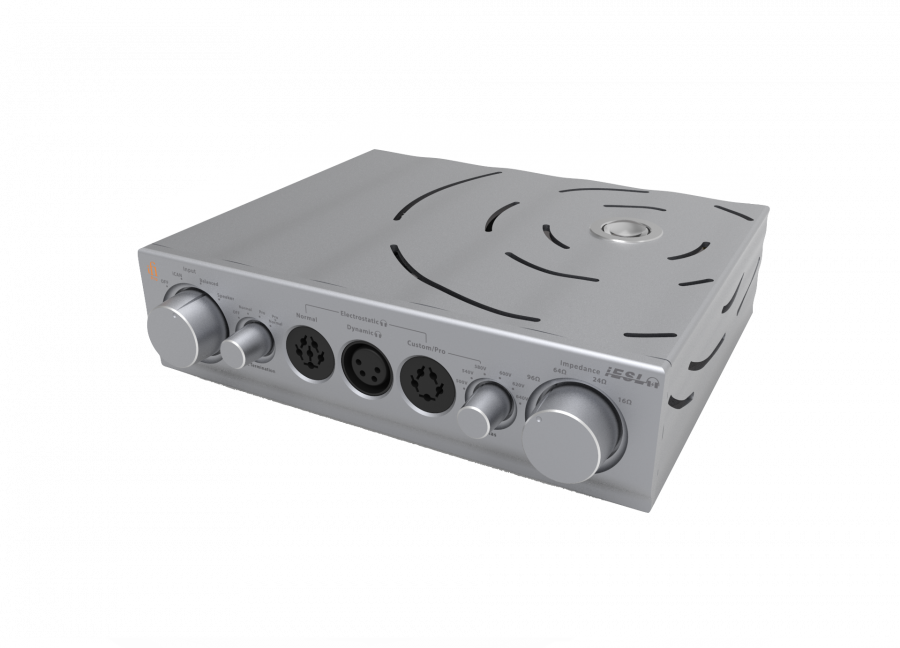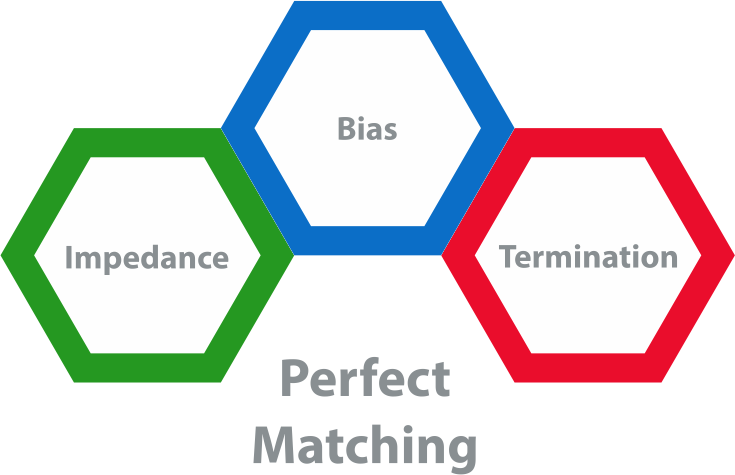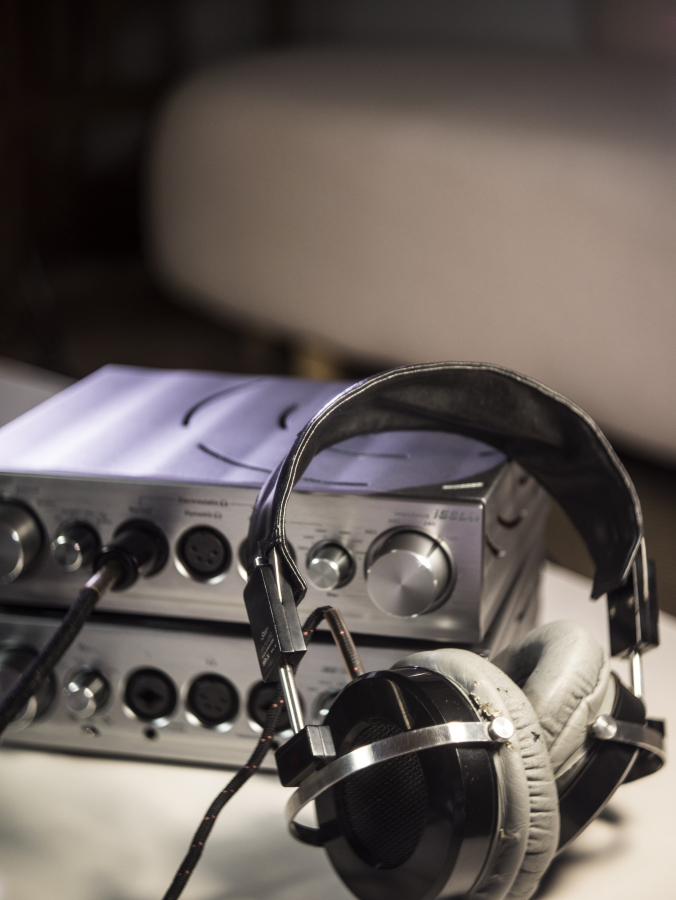- Joined
- Mar 20, 2013
- Posts
- 16,605
- Likes
- 12,417
The Pro iESL
First among energizers

The Pro series iESL is an unsurpassed energiser for electrostatic headphones (and transformer-coupled stage for flagship dynamic headphones too).
The Pro iESL driven by either the iFi Pro iCAN or a powerful amplifier takes electrostatic headphones to an unprecedented level of performance.
Its defining characteristic is a transparency and an ultra-wide dynamic range that is totally natural. The Pro iESL works with Stax, Sennheiser Orpheus and many more.
Classic & Cutting Edge Technology
The Pro iESL’s three key elements combine the very best in classical approaches with the latest in cutting-edge technology AND superb component quality to deliver the ‘perfectly matched’ headphone experience.
• Atypical Pinstripe Permalloy Core transformer
• Bias voltage generator
• Capacitive Battery Power Supply
Outstanding Component Quality

Specifications
Maximum Output voltage: 640V RMS (16Ω/20V in)
320V RMS (64Ω/20V in)
Frequency Response: 5Hz – 50kHz (-3dB)
Input Voltage (Pro iESL): 5V – 9V/1A max
Input Voltage (iPower): AC 85 – 265V, 50/60Hz
Power Consumption: < 1W
Dimensions: 213(l) x 206(w) x 63.3(h) mm
Weight: 2.5kg (5.5 lbs)
The retail price of the Pro iESL is US$1,399 (ex-tax) or €1,575/£1,395 (incl VAT).
Stay tuned, tech stuff coming up shortly!
First among energizers

The Pro series iESL is an unsurpassed energiser for electrostatic headphones (and transformer-coupled stage for flagship dynamic headphones too).
The Pro iESL driven by either the iFi Pro iCAN or a powerful amplifier takes electrostatic headphones to an unprecedented level of performance.
Its defining characteristic is a transparency and an ultra-wide dynamic range that is totally natural. The Pro iESL works with Stax, Sennheiser Orpheus and many more.
Classic & Cutting Edge Technology
The Pro iESL’s three key elements combine the very best in classical approaches with the latest in cutting-edge technology AND superb component quality to deliver the ‘perfectly matched’ headphone experience.
• Atypical Pinstripe Permalloy Core transformer
• Bias voltage generator
• Capacitive Battery Power Supply
Outstanding Component Quality
- One-off, hand-wound, Pinstripe Permalloy Core Transformer
- Wima Capacitors
- Vishay MELF resistors
- Gold-plated silver and sealed-silver alloy contact relays

Specifications
Maximum Output voltage: 640V RMS (16Ω/20V in)
320V RMS (64Ω/20V in)
Frequency Response: 5Hz – 50kHz (-3dB)
Input Voltage (Pro iESL): 5V – 9V/1A max
Input Voltage (iPower): AC 85 – 265V, 50/60Hz
Power Consumption: < 1W
Dimensions: 213(l) x 206(w) x 63.3(h) mm
Weight: 2.5kg (5.5 lbs)
The retail price of the Pro iESL is US$1,399 (ex-tax) or €1,575/£1,395 (incl VAT).
Stay tuned, tech stuff coming up shortly!

|
Stay updated on iFi audio at their sponsor profile on Head-Fi.
|




























